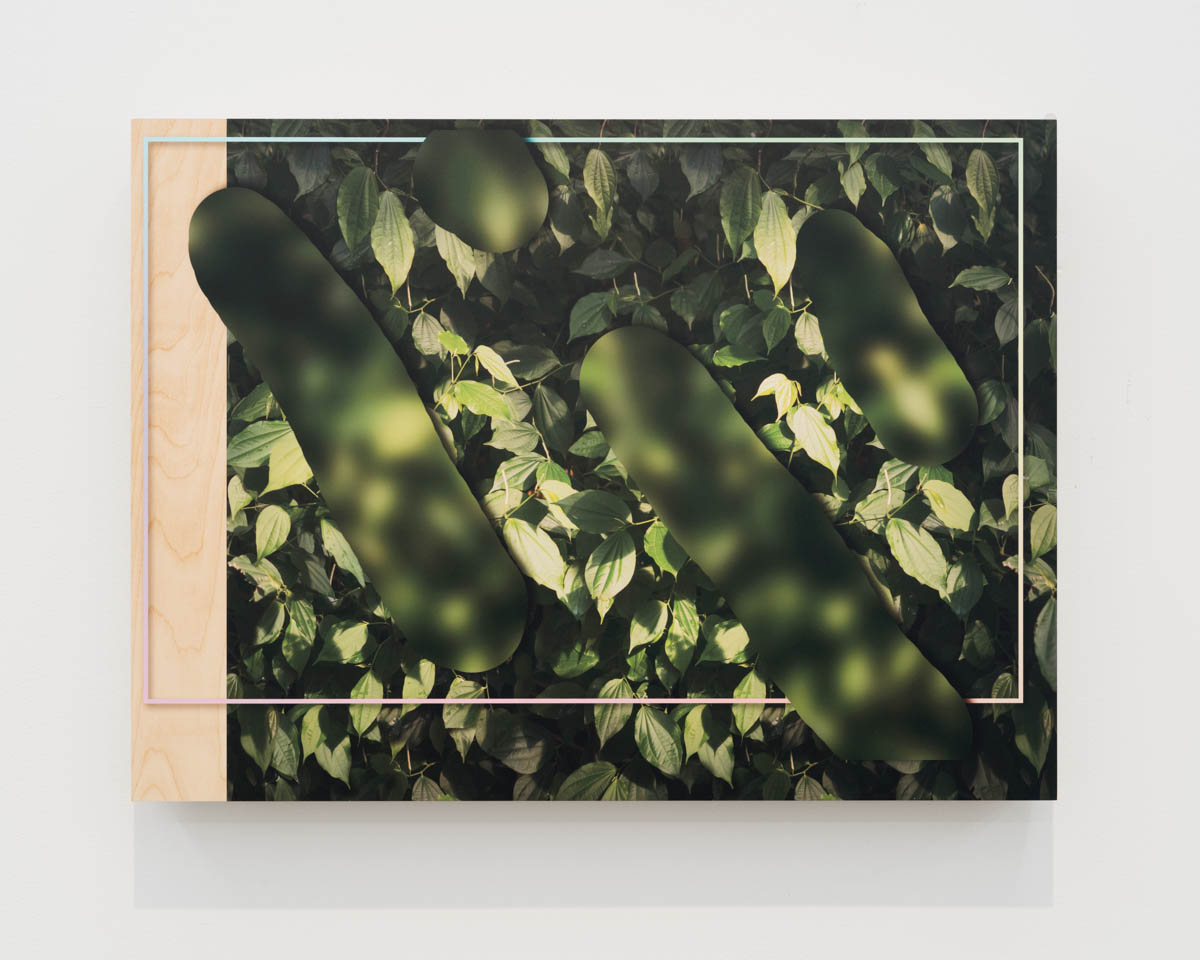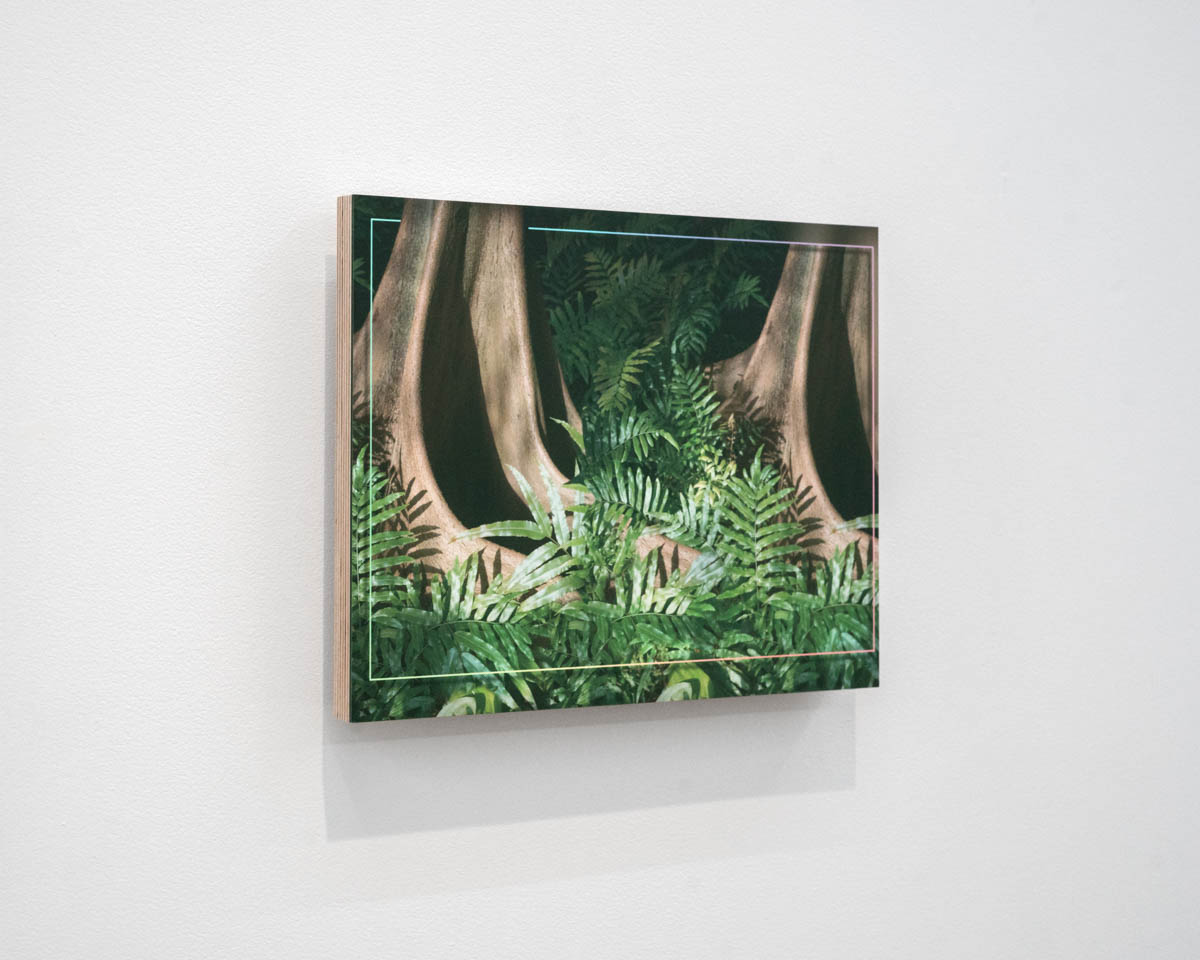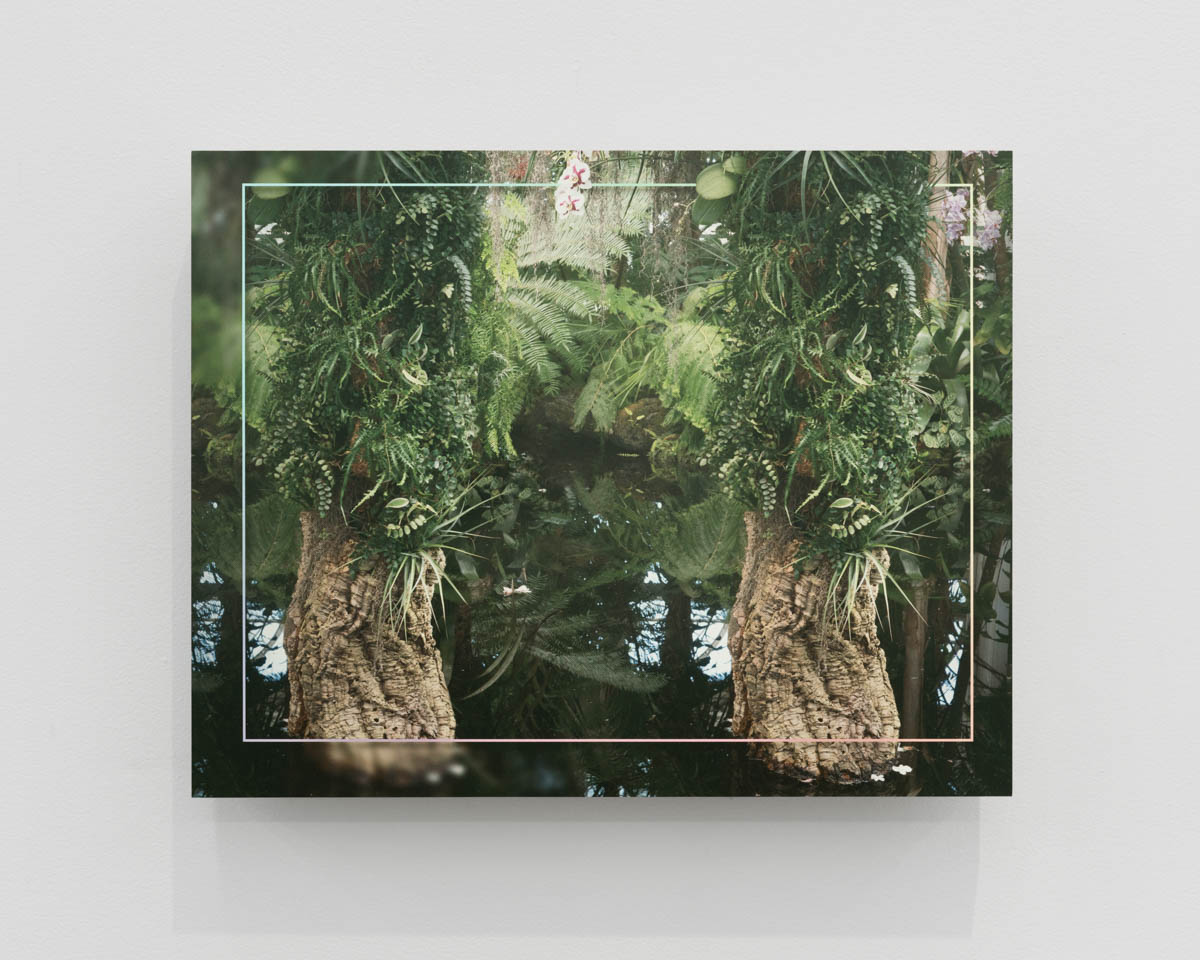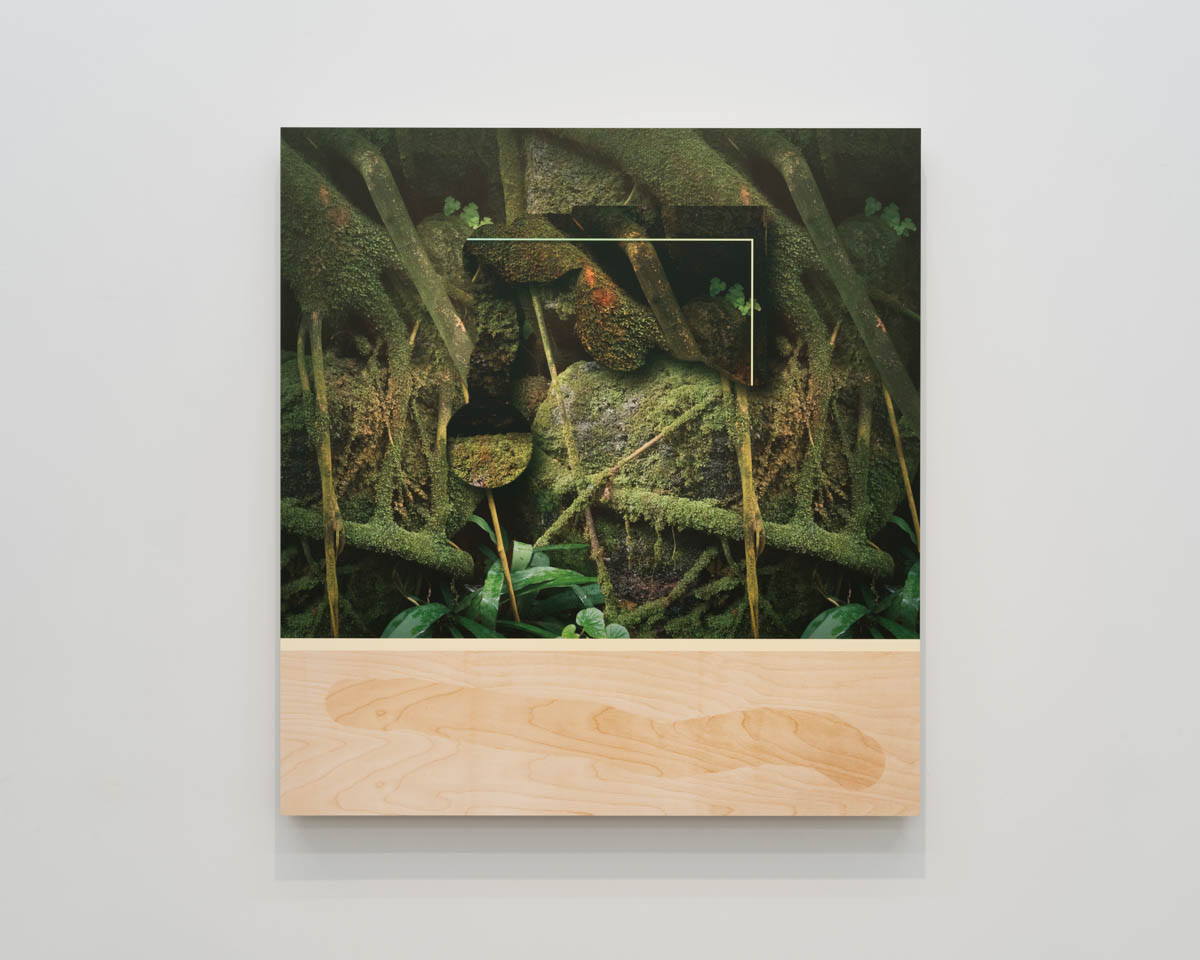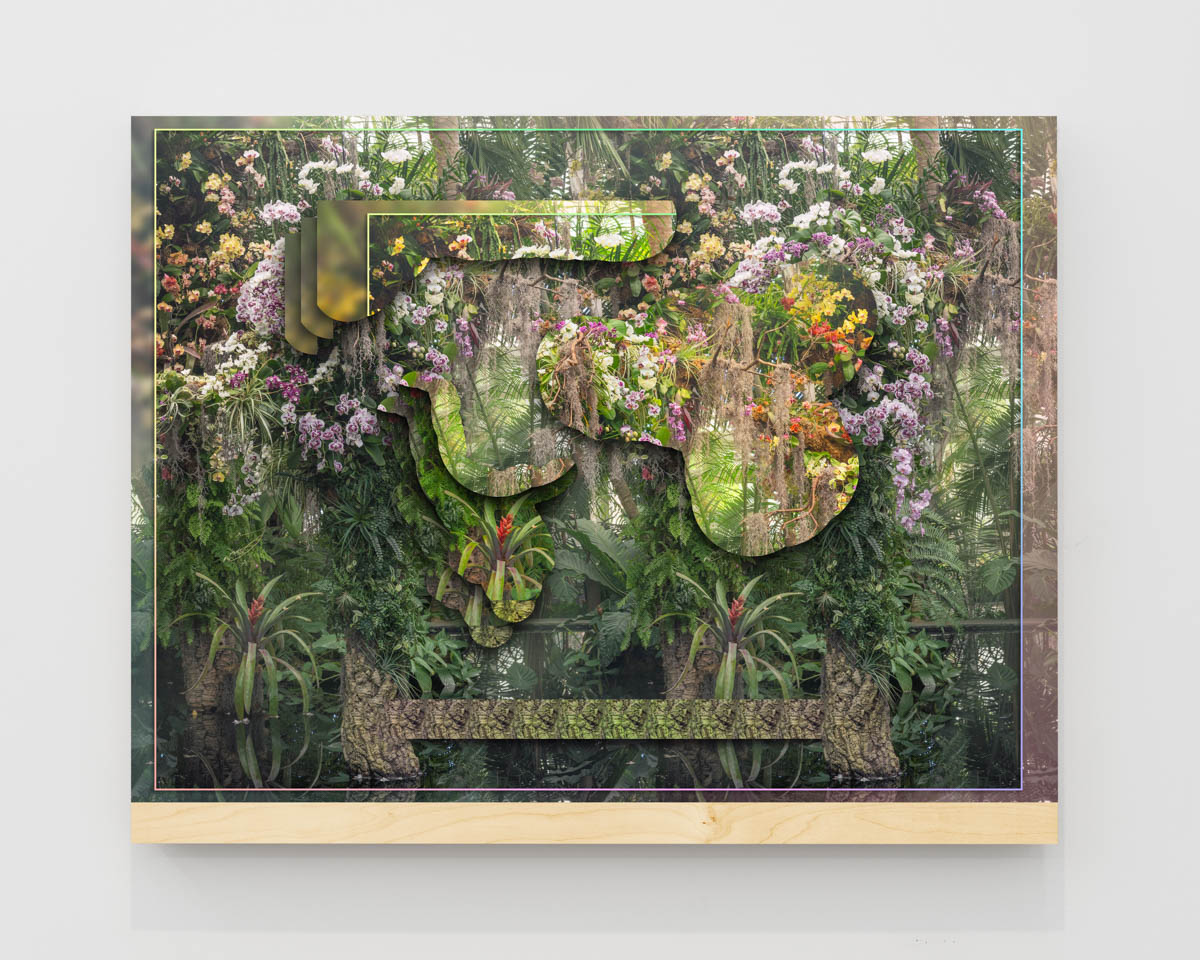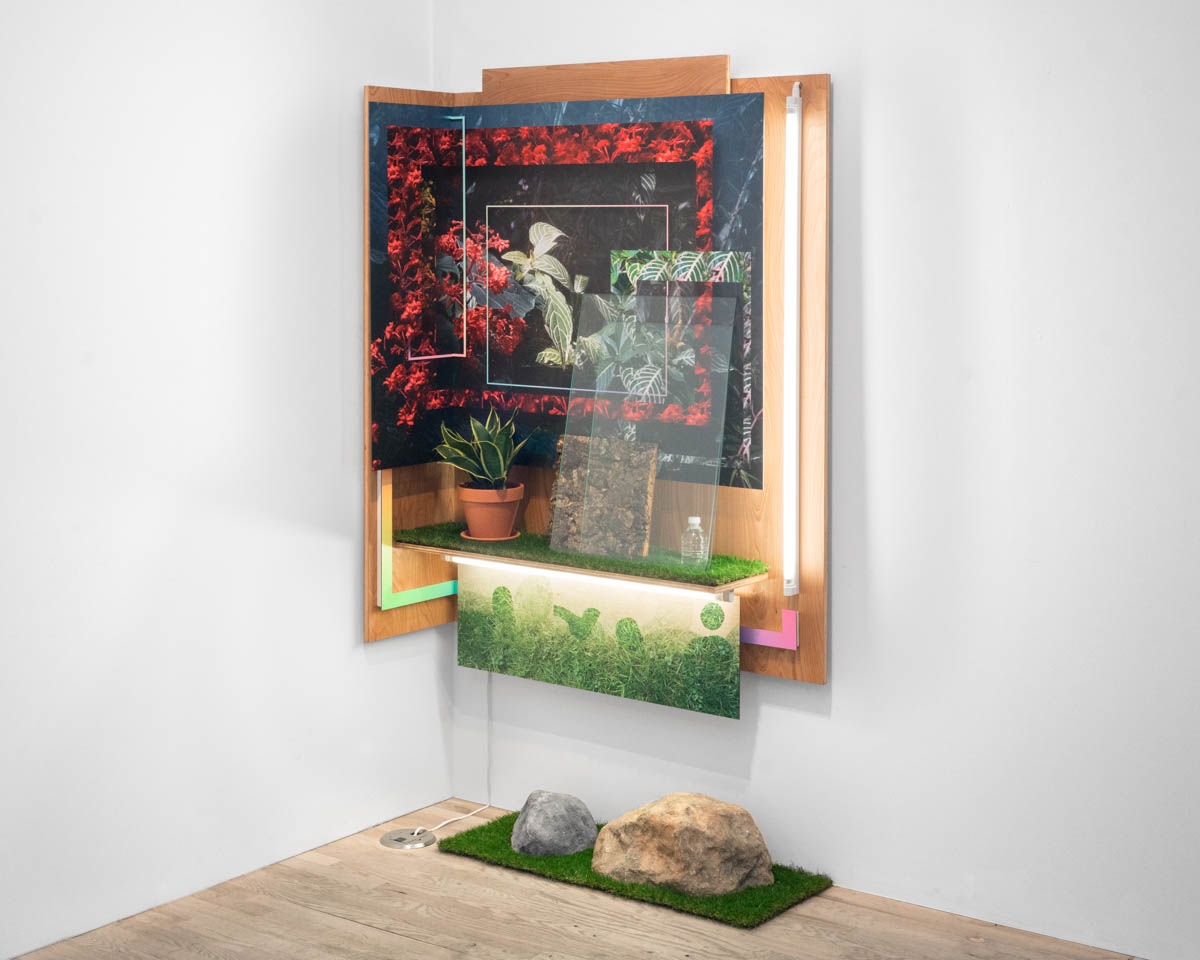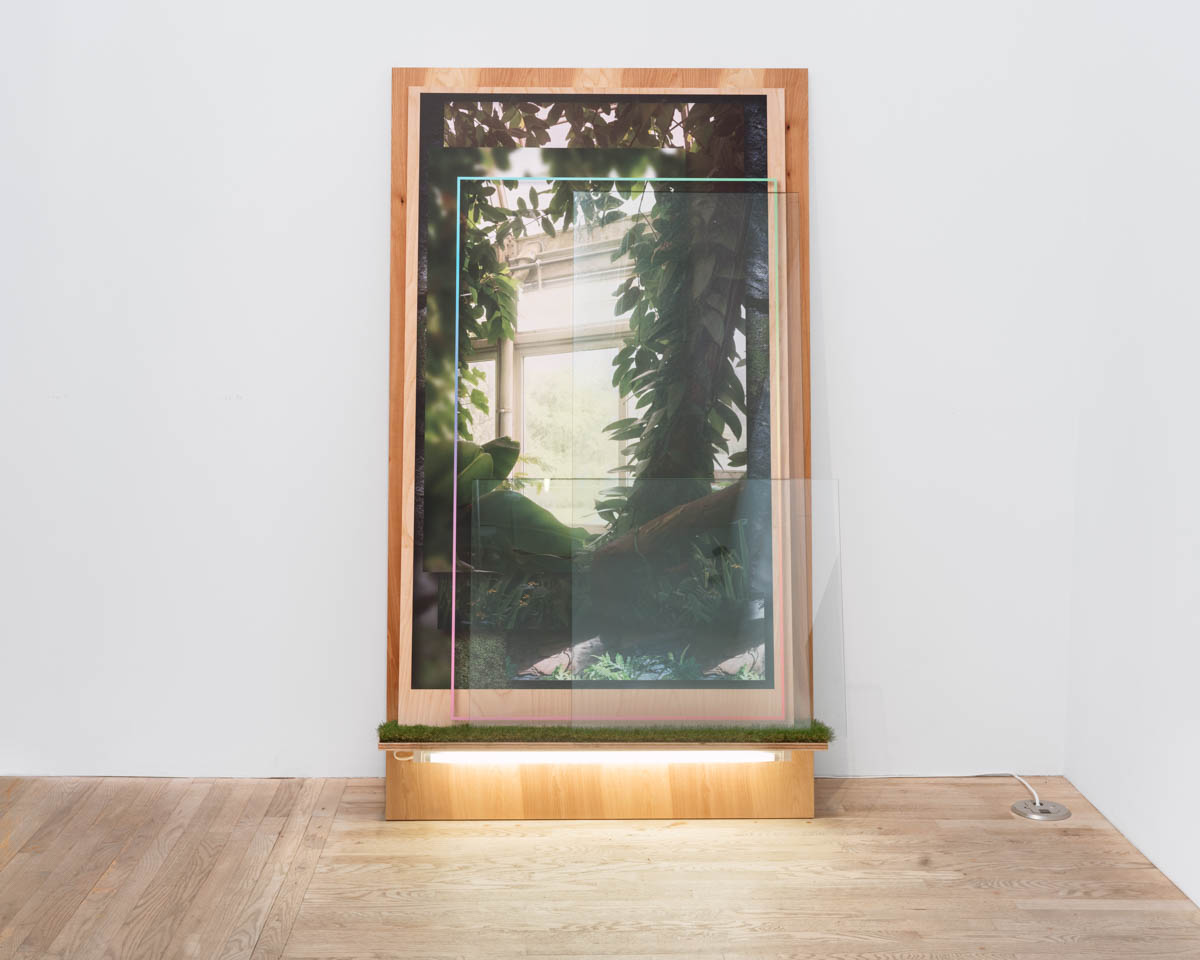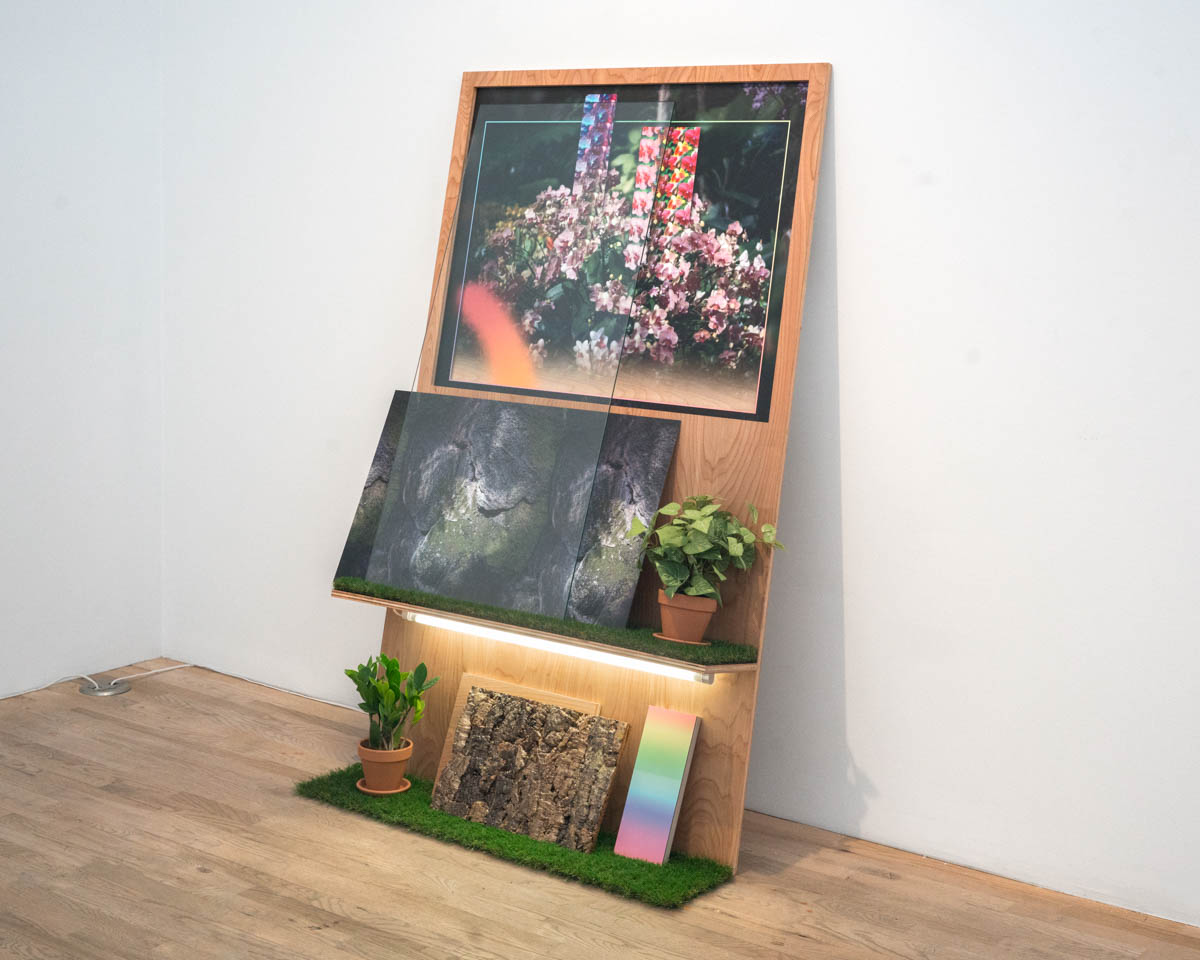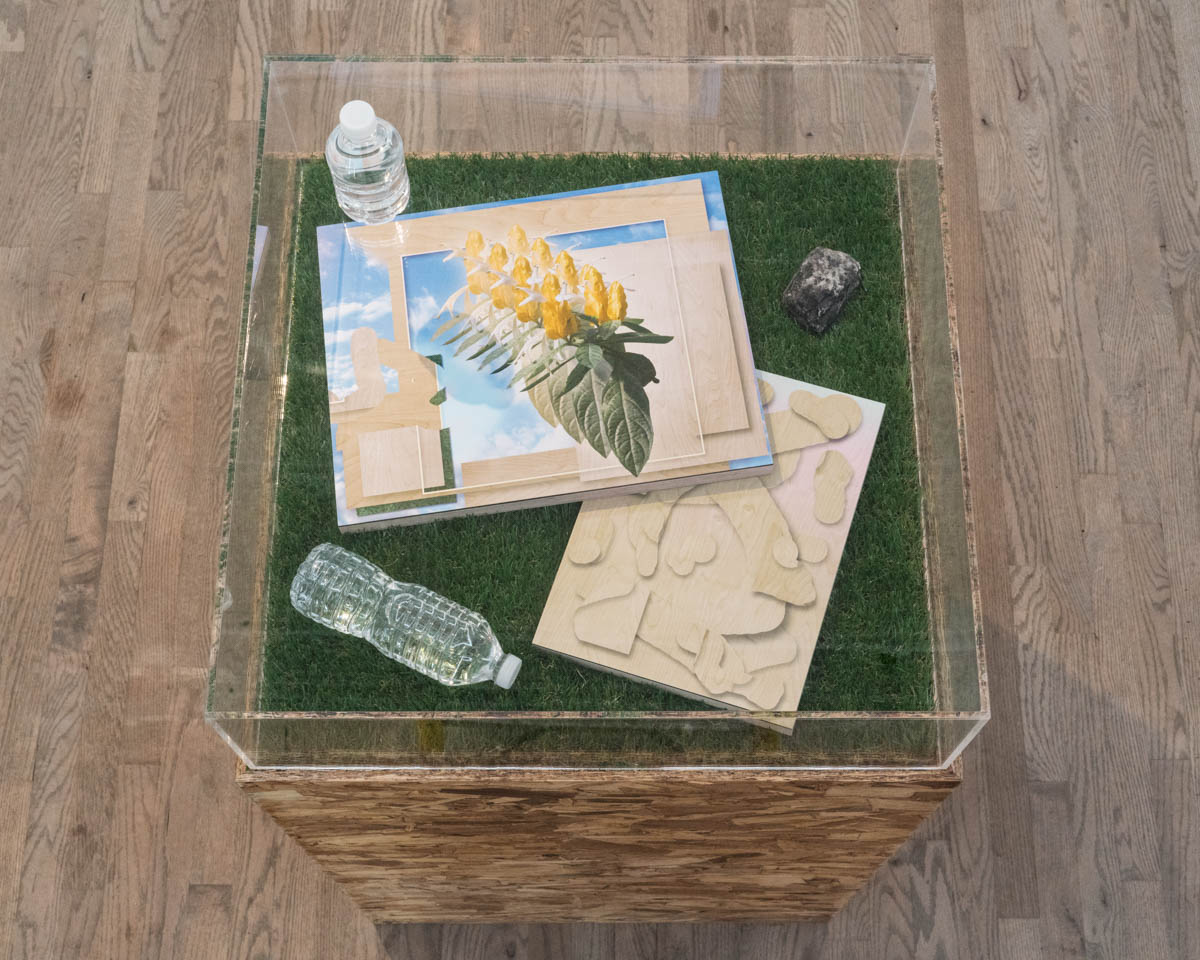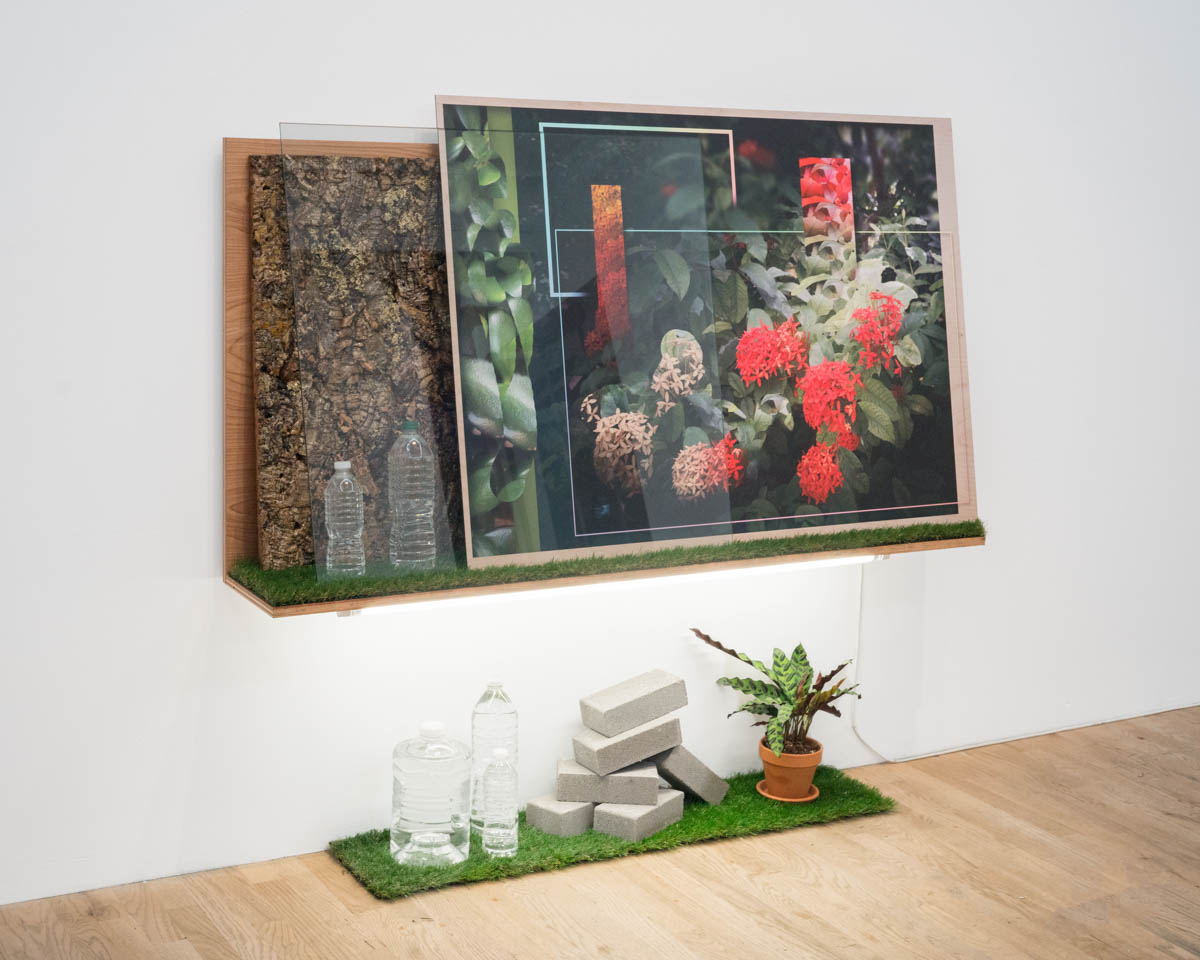We spoke to 2017 Foam Talent Winner, Mark Dorf about his series 'Transposition', the differences between nature and our urban landscapes and how he views his practice.
PW: We recently saw your latest series Transposition as part of Foam Talent 2017. For anyone who isn’t familiar with your practice, could you tell us how you came to photography and your current way of working?
MD: I came initially to photography at a very young age. My grandfather was a photographer, and my grandmother ran a photo restoration business on the Lower East Side of New York, so naturally my father always had cameras around when I was a kid. With this in mind, I was always taking pictures and experimenting with imagery from a very young age since the tool was so readily available to me. By the time I hit high school I had become interested in contemporary art and began to make things other than just regular photographs – more experimentally based works. I remember stacking five old cabinet televisions, the kind that were practically furniture, and on each screen projecting a section of my body resulting in a full body when they were all stacked atop one another. A teacher of mine in high school brought to my attention that I could actually study art and from there I went on to study photography and sculpture in my undergraduate degree.




As far as my current way of working, it came from a lot of different directions. Up until this recent body of work, Transposition, all of my work has manifested itself predominantly in the form of prints but also some browser based works, looped animation, or in the case of In Wake, site specific. In the case of Transposition, I felt that considering the subject matter that I was interested in exploring, object based works in connection with digital imagery and careful consideration of material was the way to go. I was interested in looking at the relationships of “Nature”, our urban centers, and our virtual environments – in how they are co-dependent and co-productive of one another. So to use items and objects to create relationship through proximity and physical support systems I thought was a perfect means of diving in.
PW: Your practice seems to span a few different mediums very successfully. Would you describe yourself as a photographer? Do these labels matter?
MD: I am a bit of a swinging pendulum on what I call myself to be honest. I go through phases where I refer to myself as a photographer as I like the ways in which the kind of imagery that I produce relates to the history of photography, but on the other side of the swing, I don’t like to hold myself to a strict definition. If I have an idea that is best expressed in sculpture, then I will make a sculpture, if there is an idea best expressed as a photography or digital composition, then I will use said medium. The relationship between the ideas at play and the medium or material of the work is very important to me.
PW: Your series Transposition looks at the habit of humanity to categorise, with a particular interest in the differences between urban landscapes and natural ones. Can you talk us through your interest in this subject matter?
MD: In Transposition it’s actually not about the differences at all, it’s much more about the similarities: how one produces the other and is in fact dependent on the other to continue to exist. To look at our planet in these proposed absolutely separate categories of “Nature”, urban architectural spaces, and virtual environments, I think is naïve and only perpetuates destructive systems that exist in our world today. It eases consumption to be able to create an othering out of “Nature” – even by calling it nature and giving it this name it is a means of calling something “different from oneself.” By separating our urban lifestyles from the those areas that lay outside of our cities, even on this vocabularic level, limits our scope of understanding our continual affect on the world through our consumption. Looking further, our digital lifestyles feed us imagery that fetishizes these areas outside of our major cities, and creates an almost pornographic rendering “Nature,” perpetuating the act of othering even more. In a sense, Transposition is a call to acknowledge the relationships between all of these modes of thinking, to look at the ways in which we exist within a global ecosystem, one that includes things like capitalism. Perhaps if we better understand our relationship to the moving of material between these “categories” we may be able to develop a longer lasting and healthier relationship with our planet and the populations that it contains.



PW: During Foam Talent we saw an installation that included prints, artificial grass, panes of glass and potted plants to name a few. Can you talk to us about the installation of your works and how they come about?
MD: The title of the series, Transposition, initially was inspired from musical transposition: when you move the notes of a melody into a new key the relationships between the notes are retained, thus retaining the tune, but the notes themselves are in fact totally different. I began thinking about the ways in which material transposes between environments that we typically perceive as completely different: “Nature”, urban centers, and virtual environments. Throughout the series none of these “categories” are actually depicted, instead you have these kinds of processed versions. There is no nature, instead you have photographs of botanical gardens, plywood, bottled water, artificial and fake plants etc; there is no architecture, instead you have these psudo-architectural forms that hug the walls, made of plywood, and that are derivative in their design from such outlets such as Ikea; and additionally there is no real digital technology represented, there are no iPhones and iPads, but instead digital manipulated photographs that reveal the digital medium itself and its ability to mimic, represent, and skew anything that it pleases or is directed to. I felt that to include these objects that derive from all of these perceived categories and look at the way that they relate to one another in space on constructed support systems was the best way to examine the ideas that I was researching at the time.
PW: You’ve also published a monograph of the series. In the way we see very experimental outputs in your exhibitions, how do your ideas translate when they’re presented in book form?
MD: This book contains two series, Emergence and //_PATH, both of which are based in still digital compositions. For these series a book feels like it was a suitable format for the works, for Transposition I might think differently considering the spatial nature of the works. Otherwise though, the production of this book was more of a reaction to the exclusivity of owning and living with art. To collect, take care of, and house art is not an inexpensive endeavour which results in a certain level of capital that one needs to be able to enjoy artworks in their home every day. Not that I think there is anything wrong with buying art, it’s just that not everyone has the ability to do so. Alternatively, many more people can afford to bring a little bit of art into their home in the format of a book. For me, it was this kind of democratisation of art that one can achieve in a book that I was very interested in. While the book is not dirt cheap, it is far more affordable than a print. I make art because I want to start conversation. People need to see the images and works in order to do so, and I felt that the book format was a great way to continue this conversation and allow for people to return to the works over and over again in a printed format. Art books for me are a bit like poetry books: you return to them often, sit with them, and slowly paw through the pages.



PW: Finally, what’s next for you?
MD: I am currently working on my first long form film… stay tuned 🙂
For more of Mark’s work, click here.
For more interviews from our Ideas Series, click here.
